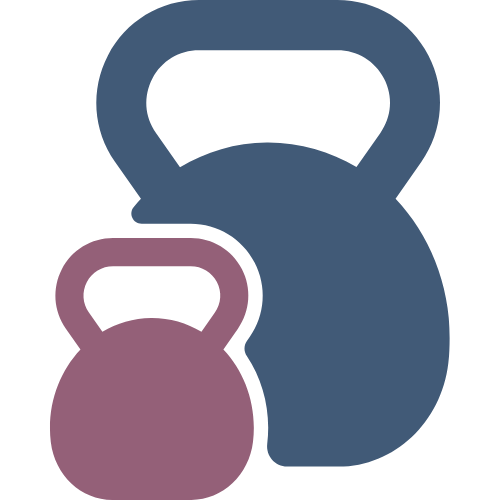During our 7-part skills series, we'll introduce you to skills that help you develop a better relationship with your body, awareness of your movements, and build a foundation of strength for doing any type of physical activity.
Pushing exercises use your wrist, elbow, and shoulder joints (as well as your finger/hand joints to grip weights if you’re using them). The main muscles worked are the triceps (back of upper arms), deltoids (the round cap on top of the shoulders) upper trapezius (upper back) and the chest. You’ll frequently use your core muscles during push exercises, too.
Pushup
The simplest push exercise is the pushup - start by standing a couple feet away from a wall or bar height table (pushed up against a wall so it doesn’t move). Keeping your elbows “tucked” at your sides and shoulders pushed down away from your ears, try touching your chest to the wall or table.
If that feels challenging, keep using that height. When it’s too easy, try a slightly lower surface, like a dining table, then a chair or coffee table. Over time, you’ll get all the way down to the ground!
Alternatively, after a certain point, you will have the strength to perform knee pushups on the ground - just remember to keep your hips in alignment with your knees and shoulders - don’t let them poke up to the sky!
Pushing Variations
Note that pushing movements can happen in front of your body, overhead, or somewhere in between - mix it up!
- Diamond (tricep) or wide pushups
- Bench press
- Overhead press
- Incline press
Pushing movements that isolate muscles:
- Tricep presses, kickbacks, and skull crushers
- Chest flys
